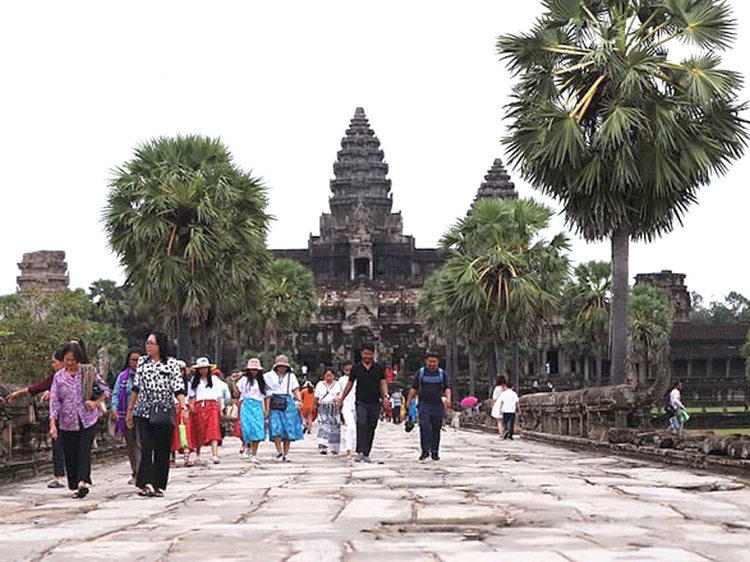
Governments throughout south east Asia are pleased with the uptake in foreign arrivals now that the pandemic is decidedly on the wane. The trend amongst travellers is called “revenge tourism”, characterized by people having more extravagant and longer vacation cravings after being cooped up in their houses at the height of the health crisis. “Because people have been stuck at home for close on two years, they just want to go and splurge,” according Mary Ann Ong representing the regional tour operators association.
Thai authorities have pulled out all the stops to boost numbers. The intention is to have 10 million foreigners setting foot before the end of the year, although eight million looks more feasible. Visa exemptions and visas on arrival have been time-extended, whilst single-day visa run hops to the Cambodian border are again possible for many. Health checks at airports and border posts are a thing of the past, whilst the vague decriminalization of marijuana has been greeted with glee by western travellers in particular. Chinese zero-sum tourists, still hamstrung by Beijing’s Covid restrictions, may be missing but have been compensated by increasing numbers from India. More than 60 Indian restaurants are currently operating in Pattaya alone.
Meanwhile, Cambodian authorities share a similar optimism. Mam Bun Heng, the health minister, has announced that arrivals by land, sea and air need no longer produce health certificates or show vaccination proof upon arrival. According to tourist authorities in Phnom Penh, Cambodia has already welcomed more than one million visitors in 2022, up 720 percent year-on-year, with two million a real possibility before January 2023. Premier Hun Sen said 140,000 people had already this year visited the temple complex at Angkor Wat, near Siem Reap, although that figure includes the domestic and local expat markets.
The Philippines reports around two million foreign arrivals since the country opened up last February, although preregistration with the quarantine bureau and proof of full vaccination status (plus booster) on arrival is still a requirement for many. Like Thailand, the Philippines is traditionally dependent on the Chinese market, but has not found an alternative source of mass tourism. Vietnam no longer requires test results, but public health measures such as mask wearing are still enforced in some provinces. Laos is in a similar position but has recently renewed flight connections with Thailand and Cambodia to facilitate tourist entry to Vientiane.
What could compromise “revenge tourism” are rising air fares created by fuel costs, staff shortages and restricted supply of aircraft. Some observers worry that any expansion of the Ukraine war will result in disinclination to travel abroad. But economist Haley Berg, of Travel and Leisure, said, “If you really want to travel in the high season, try to be flexible in your dates. Airfares have risen overall by 33 percent in the last year, but there are enormous variations according to route and date. By being flexible, you can sometimes save hundreds of dollars.”
 |
 |
 |





